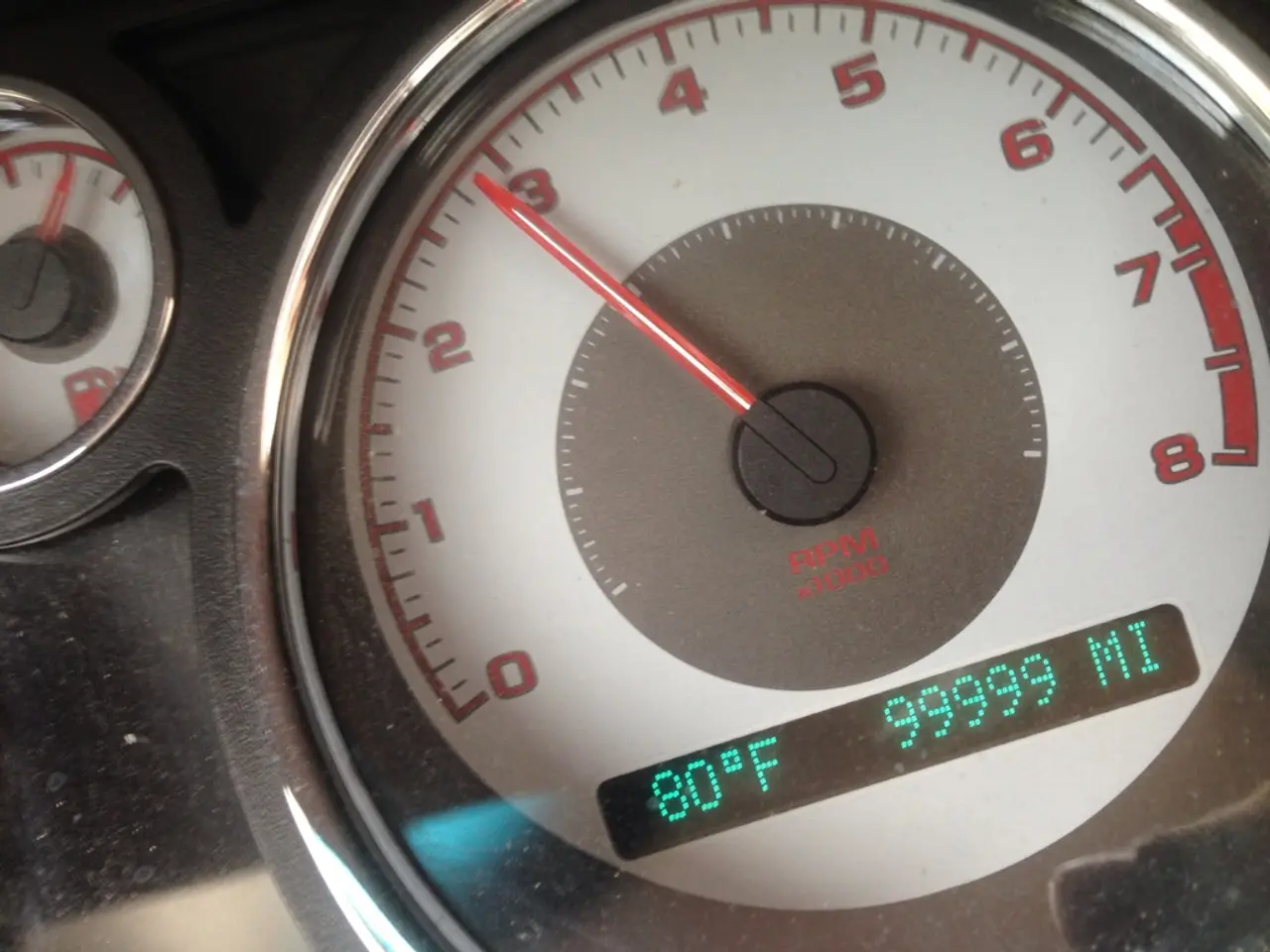Understanding Propane Level: Recognizing When to Request a Refuel
Propane is an essential energy source for many households, powering appliances such as heaters, cooking ranges, and water systems. To ensure a steady supply of this vital fuel, it's crucial to keep an eye on the propane tank levels. Here's a breakdown of how propane tank gauges work and when to schedule refills.
Fuel Delivery Services Offer More Than Just Refills
Propane tank gauges are essential tools for homeowners, helping them monitor the level of propane in their tanks. These devices come in various forms, including inline gauges, float gauges, and magnetic reusable level indicators.
Inline gauges, the most common type, screw onto the tank valve between the tank and the regulator. They use a needle and a color-coded dial (green, yellow, red) to indicate the approximate level of propane based on the pressure supplied by the propane tank. As the liquid propane level decreases, the pressure drops, causing the needle to move toward the yellow and then red zones.
Some gauges use a float inside the tank to measure the propane level, similar to a fuel gauge in a car. These are often built into larger RV ASME tanks and give a direct reading of the propane level. There are also magnetic reusable level indicators that stick on the outside of the tank and detect propane level through the tank wall, providing a visual indication without installation into the tank valve.
When to Schedule a Refill
Regularly checking the propane gauge is essential, especially during winter or periods of increased appliance use. Routine maintenance, safety checks, and tank repairs are also standard parts of the service.
It is generally recommended to schedule a refill when the gauge needle enters the yellow zone of the inline gauge. This warning zone indicates that propane is running low but not yet empty, giving you time to refill before you run out completely. Once the needle reaches the red zone, the tank is nearly empty, and you risk running out of propane if not refilled immediately.
For stationary tanks with meters that show percentage full, refills are usually scheduled when the gauge reads around 10-20%, ensuring you have reserve propane before it depletes critically.
Safety First
Reading a propane gauge should always be done with care. Avoid touching valves or trying to adjust any part of the system. Lift the dome lid gently to access the dial. If the gauge is difficult to read or seems inaccurate, it is best to have it inspected by a trained technician.
By monitoring propane levels accurately, you can avoid unexpected outages and plan refills proactively. Maintaining a level above 25 to 30 percent can help prevent interruptions, and some delivery services offer automatic delivery, usage tracking, or seasonal scheduling tailored to local conditions.
[1] How Propane Tank Gauges Work: https://www.propane.com/learn/how-propane-tank-gauges-work [2] How to Read a Propane Tank Gauge: https://www.propane.com/learn/how-to-read-a-propane-tank-gauge [3] Propane Tank Gauge: https://www.propane.com/learn/propane-tank-gauge [4] Propane Tank Gauge for RVs: https://www.propane.com/learn/propane-tank-gauge-for-rvs [5] Propane Tank Level Indicator: https://www.propane.com/learn/propane-tank-level-indicator
- Homeowners interested in home-improvement projects might find the installation of a propane tank gauge beneficial, as these devices help monitor the level of propane in their home's tanks, ensuring a steady supply of this energy source in their lifestyle.
- Alongside offering propane refills, Fuel Delivery Services can assist homeowners by providing advice on home-and-garden maintenance, such as suggesting when to schedule propane tank refills based on the readings from the propane tank gauge, ensuring a reliable energy source for appliances in their home.





